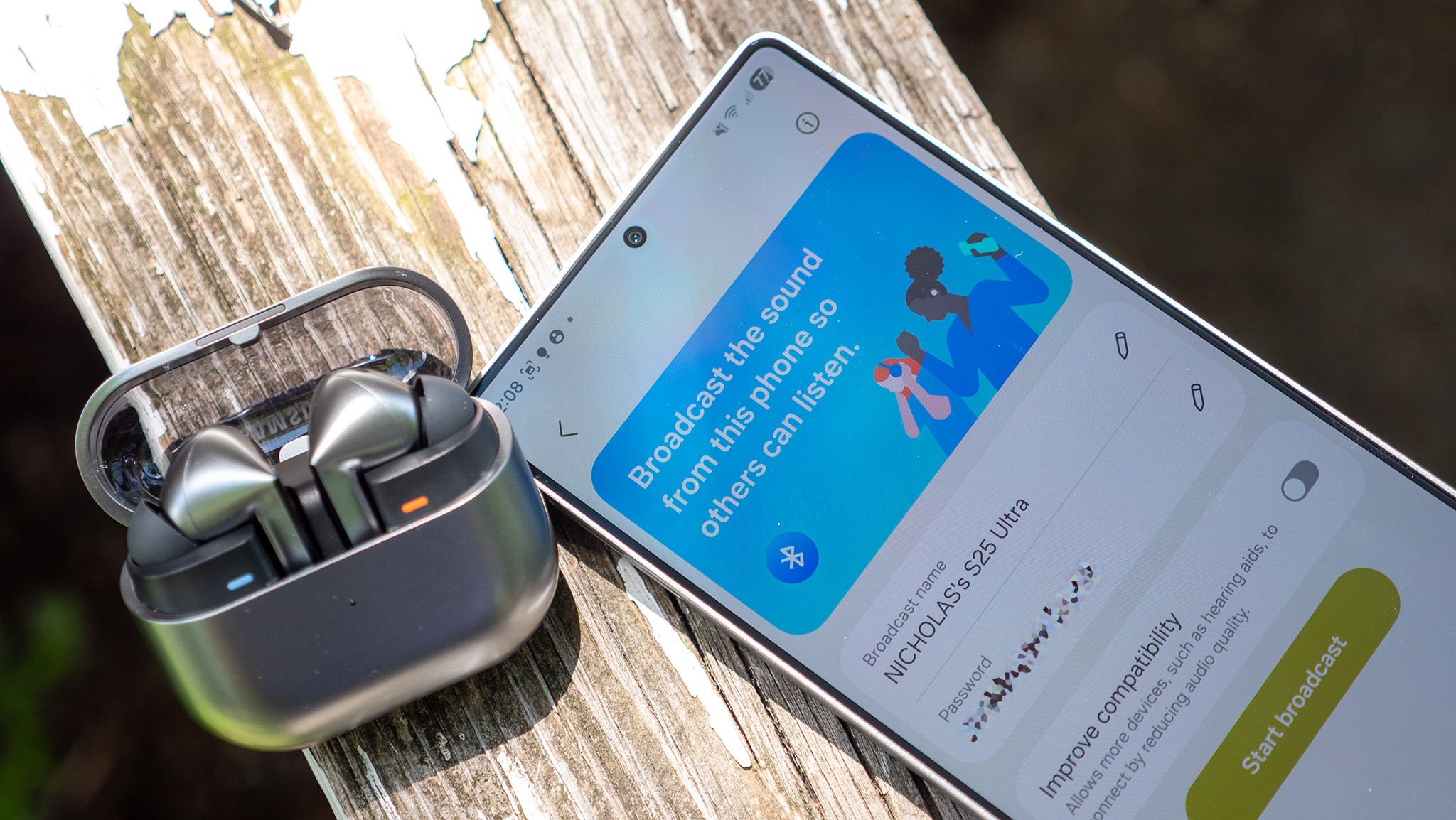AUKEY 60W Desktop Charging Station vs. AUKEY 46W USB-C Wall Charger: Which should you buy?
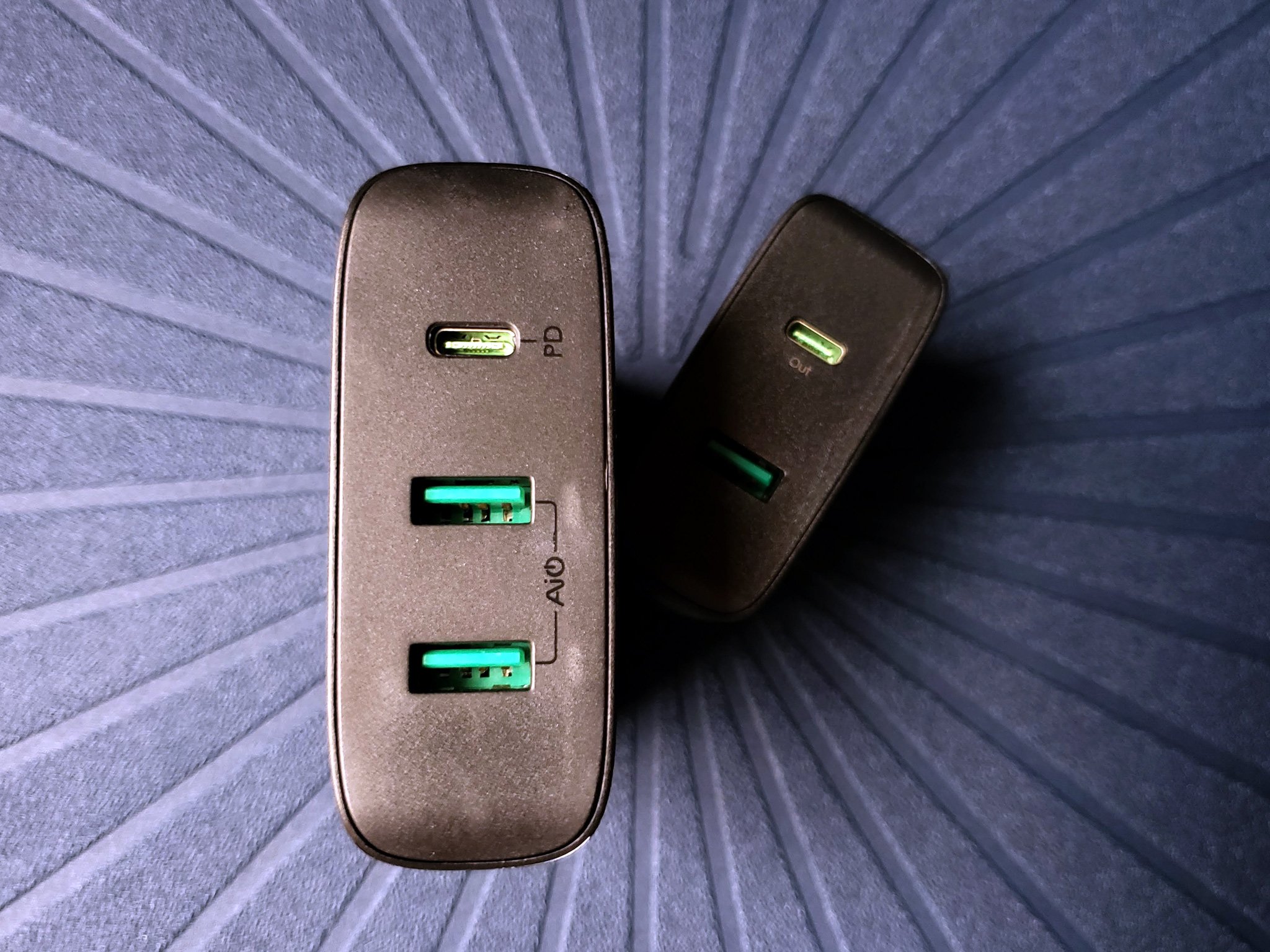
AUKEY 60W Desktop Charging Station
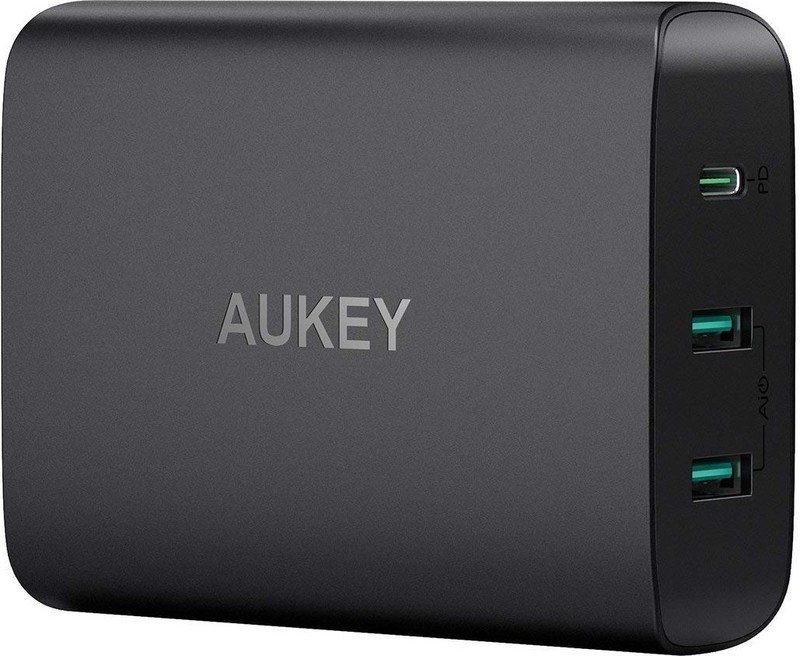
This three-port charger is perfect for the 21st century office: literally anywhere with a chair and an electrical outlet. Recharge your laptop, phone, and your headphones/camera/power bank/world domination device in a flash with 60W Power Delivery 3.0 charging via the USB-C port.
AUKEY 60W Desktop Charging Station
Reasons to buy
Reasons to avoid
AUKEY 46W USB-C Wall Charger
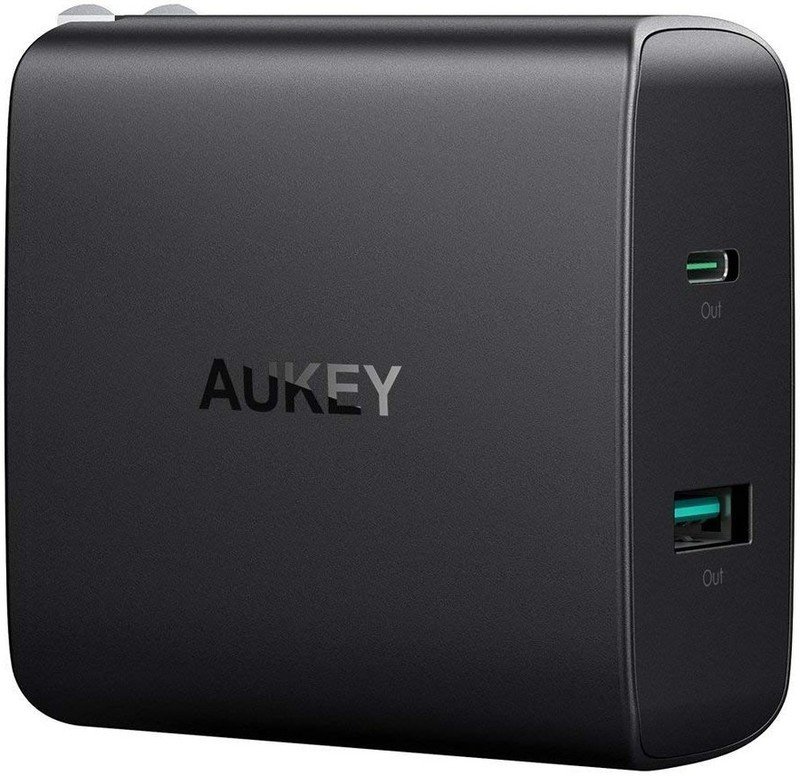
This wall charger is a bit harder to maneuver in tight places and amongst packed plugs, and it only has two ports instead of three. That said, this charger is 30% cheaper than the Desktop Charging Station and doesn't clutter your desk another USB hub.
AUKEY 46W USB-C Wall Charger
Reasons to buy
Reasons to avoid
Double down on a triple threat
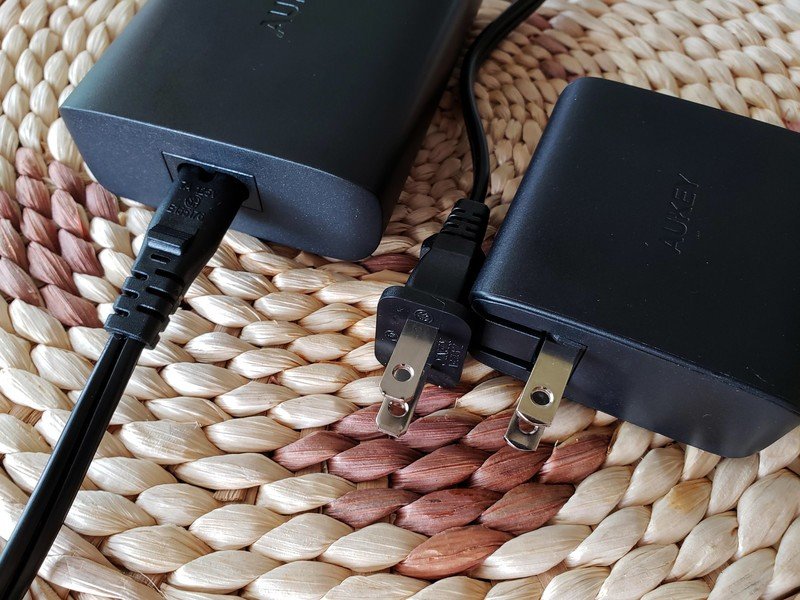
These chargers may look similar in their product listings, but don't be deceived: these are two very different chargers. The 60W charger uses a 3-ft detachable AC power cable to plug into the power grid, allowing it to skirt behind hotel room nightstands and squeeze in alongside charger after power brick on a crowded power strip — after all, not everyone has a swiveling surge protector. Meanwhile, the 46W wall charger has to find a way to squeeze its wide footprint into free space by a plug.
I had to rearrange my normal charging powerstrip or the first time in months to make room for the wall charger, whereas for the Desktop Charging Station, I plugged the AC cord in, plugged in my USB-C and USB-C cables, snuck the charger itself under my end table at home (or kept it inside my backpack when using it at Starbucks), and plugged in my toys to charge.
| Header Cell - Column 0 | AUKEY 60W Desktop Charging Station | AUKEY 46W USB-C Wall Charger |
|---|---|---|
| USB-C ports | 1, 60W maximum output | 1, 46W maximum output |
| USB-A ports | 2, 5V/2.4A max output each | 1, 5V/2.1A max output |
| Total power output | 72W | 56.5W |
| Charging standards | Power Delivery 3.0, AiPower | Power Delivery 3.0 |
| Power Delivery output | 5V — 3A, 9V — 3A, 12V — 3A, 15V — 3A, 20V — 3A | 5V — 3A, 9V — 3A, 12V — 3A, 15V — 3A, 20V — 2.3A |
| AC plug design | Detachable power cord | Fold-out AC plug |
| Weight | 218g / 7.7 oz | 136g / 4.8 oz |
Despite the differences you see in the table here, both of these chargers will charge up a laptop or tablet quite quickly if they're rated for USB Power Delivery 3.0 (or 2.0, since both chargers are backwards compatible). The 5V/2.1A port on the wall charger will be a little slower than the adaptive-charging AiPower 5V/2.4A ports on the Desktop Charging Station, but it's still enough to give your phone a quick top-off during a 90-minute class period or a layover at the airport bar.
AUKEY's Desktop Charging Station is $15 more than the wall charger for an extra 14W of USB-C Power Delivery charging and an extra USB-A charger. That seems like more than a reasonable upgrade to me, especially when considering how much easier the Desktop Charging Station is to use in crowded areas on the go where outlets can be hard to come by, and outlets with three inches of spare room besides them are even less so.

For easy charging at home and especially for easy charging on the go
This may be called a Desktop Charging Station, but don't go thinking you need to chain it to your desk at work. This charger will get your gear going quickly whether you're using it in a cafe, cafeteria, airport, or at your humble abode.

When bulk isn't a problem, this wall charger will get your dynamic duo charged
While it needs a bit more room to get plugged in and situated, this charger is slightly more affordable and will charge two devices almost as fast as the Desktop Charging Station. If you don't need $50 of charging power, this two-port model should suit you well.
Get the latest news from Android Central, your trusted companion in the world of Android
Ara Wagoner was a staff writer at Android Central. She themes phones and pokes YouTube Music with a stick. When she's not writing about cases, Chromebooks, or customization, she's wandering around Walt Disney World. If you see her without headphones, RUN. You can follow her on Twitter at @arawagco.

